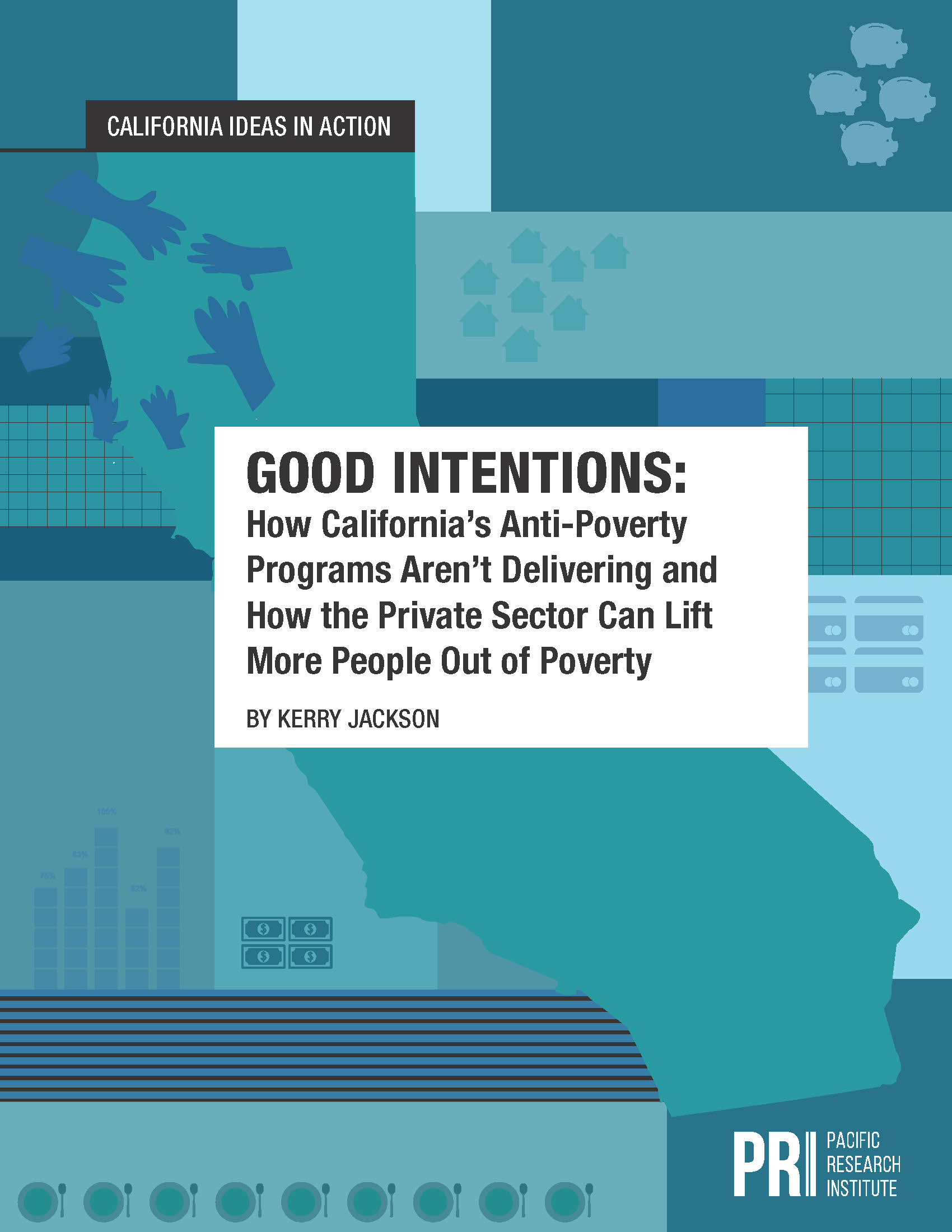California has declared itself a sanctuary state, where illegal immigrants are sheltered from federal law. The urge to “resist” President Trump runs so red hot in California that Gov. Jerry Brown pardoned two immigrants from Cambodia on Dec. 23 who otherwise would have been deported because they each had felony convictions in the state, putting their immigration status as legal permanent residents in peril.
But self-declarations are apparently not enough for Sacramento. The next step is to provide them with taxpayer-funded health care. Assemblyman Phil Ting, a San Francisco Democrat who chairs the Assembly’s budget committee, is proposing to spend $1 billion a year to treat illegal immigrants by eliminating the residency requirement for Medi-Cal, the state’s health care benefit for low-income Californians. It’s part of an additional $4.3 billion that Sacramento Democrats want to spend in the next budget on items that expand state spending to new heights.
The argument made by Ting and others is that extending health care to illegal immigrants is the humane thing to do. Enthusiasts such as Ronald Coleman, director of government affairs for the California Immigrant Policy Center, believe that “health care is a right.”
But good intentions aside cannot preclude unintended consequences. Providing free health care for undocumented immigrants will increase their numbers in California, making this “sanctuary state” an even more appealing destination for the undocumented, from both inside and outside the country. It will also escalate health care costs, a simple economic response to the elevated demand for services. Taxpayers, of course, will be held responsible for the higher costs. But their ability to “contribute” has limits. They cannot fund Medi-Cal for the undocumented forever.
While lawmakers rush to create a right that does not exist — and in fact cannot exist because it requires others to give up the right to their own money to pay for it — let’s not forget that taxpayers already finance a portion of illegal immigrants’ health care costs.
“Californians are still shouldering exorbitant health care costs because of illegal immigrants, since the state mandates emergency and pregnancy care to people regardless of legal status,” Pacific Research Institute President and CEO Sally Pipes said last April after a proposal to allow illegal immigrants to buy health plans through Covered California, the state’s ObamaCare health insurance exchange, was withdrawn.
“Thus, illegal immigrants are continuing to receive uncompensated care in expensive emergency rooms and community (hospitals) and other hospitals that receive federal government funds, spiking health care costs for everyone else.”
It need also be noted that changing the Medi-Cal residency requirement does not guarantee access to care. Already about one-third of California primary physicians don’t accept Medi-Cal patients due to its low reimbursement rates, according to California Health Care Foundation data. No one should be surprised if more doctors adopt the same policy as thousands more patients flood the system.
It doesn’t take a cynic to believe that Ting’s proposal isn’t about more than the undocumented. It’s an avenue that advocates hope will lead the state into a single-payer health insurance regime. Sacramento drew close last year when the Healthy California Act was passed in the Senate. Mercifully, it never got past the Assembly.
Like so many bad policy ideas, though, it will return, and should it become law, it will not only carry a heavy cost — $400 billion a year, roughly one-third of the state’s general fund budget — it will bring great misery. When health care is “free,” the supply cannot keep up with the demand and wait times necessarily increase. One ugly example can be found right here in California, where, according to a Veterans Affairs inspector general’s investigation, 117 veterans in Los Angeles County alone died while waiting to see a doctor over a nine-month period that ended in August 2015.
On a larger scale, there’s no better lesson in how single-payer systems extend wait times than the appalling delays experienced in Canada. The Fraser Institute says the 2017 median wait time, the gap between a general practitioner’s referral and treatment, is “the longest ever recorded in this survey’s history” at 21.2 weeks. That’s nearly five months of physical agony and mental distress.
With so much so wrong with these government health care schemes, why does Sacramento continually pursue such reckless policies?
The flippant answer is “forget it, it’s California.” But we can’t forget. Doing so will only give single-payer supporters more latitude to inflict their system on the rest of us.’
Kerry Jackson is a fellow with the Center for California Reform at the Pacific Research Institute.


